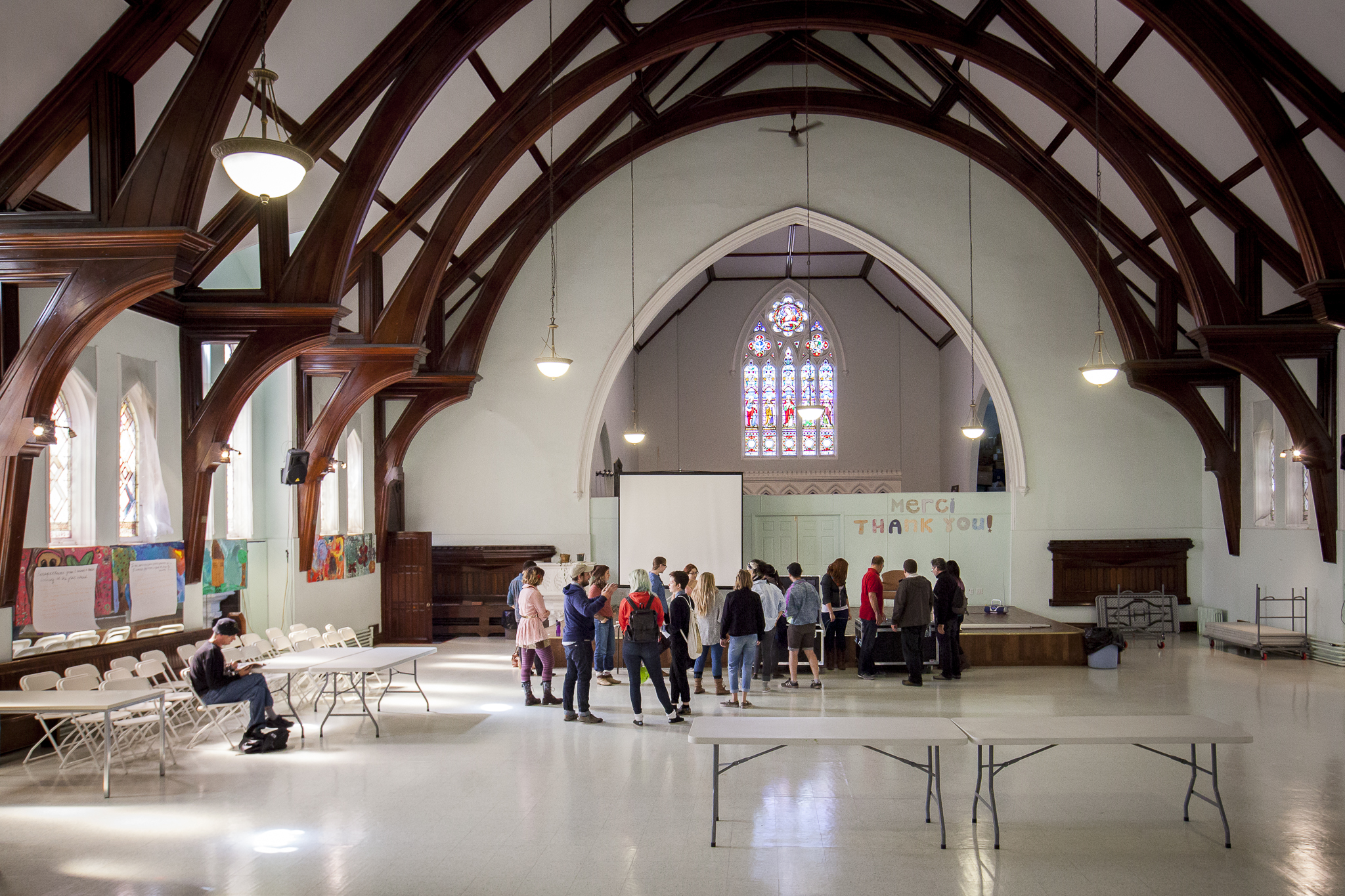The teaching challenge we wish to meet is to help students learn in place, from a place, and with its residents and social organizations. Place attachment is the symbolic bond between people and place. This bond is often severed or complicated by social change, economic crisis, and changes to the urban fabric. Montreal’s postindustrial transformation, now in its second generation, is rapidly remaking the city as old manufacturing industries close and new condo towers rise up from the ruins. Nowhere is this transformation more visible than along the Lachine Canal in the city’s South-West.
How can students grapple with these often pressing social, economic, cultural, and political changes? How might multi-disciplinary perspectives illuminate such urban change? In what ways can students usefully contribute to the wider public conversation about deindustrialization and gentrification, and themselves contribute to place-making? Our design challenge, as educators, is to find ways to encourage students’ participation in what sociologist Henri Lefebvre famously termed the right to the city, by which he meant the power to change the city, to render it more inclusive, responsive, and respectful. We believe that such participation -‐ which also signifies the shift from passive to active learning -‐ is facilitated by leaving the familiar space of the academy.
